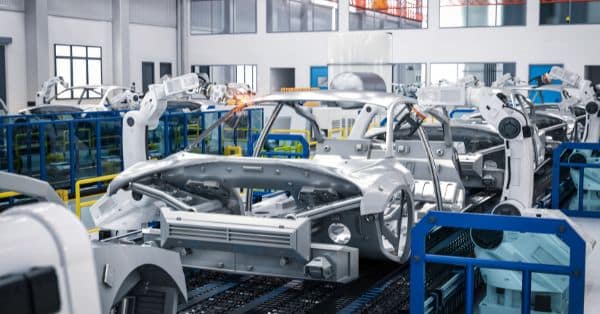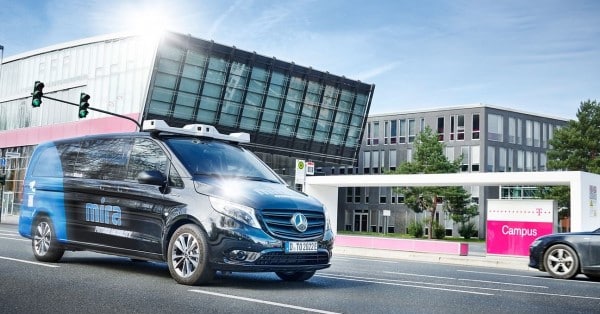Distributed Energy Resource Management Systems (DERMS) are reshaping the way energy is managed worldwide. As renewable energy takes center stage, the need for efficient and flexible energy management systems has never been more pressing. DERMS offers a solution, optimizing energy resources and enhancing grid stability. It plays a key role in integrating renewables into the grid while addressing modern energy challenges. With the growing demand for sustainable solutions, the DERMS market is on an upward trajectory driven by technological progress and supportive policies.
Understanding Distributed Energy Resource Management Systems (DERMS)
DERMS is a sophisticated system designed to manage distributed energy resources (DERs) such as solar panels, wind turbines, and energy storage technologies. As power generation continues to decentralize, it ensures that these scattered resources work together seamlessly, maximizing their collective output and efficiency.
Definition and Role of DERMS
Think of DERMS as the conductor of an orchestra, bringing harmony to distributed energy systems. It serves as a central hub, monitoring, controlling, and optimizing a diverse set of energy assets in real time. Whether it’s scheduling storage systems during peak demand or aligning solar and wind production, DERMS enables utilities and energy providers to create smarter, more resilient grids.
Key Benefits of DERMS Implementation
Businesses, utilities, and governments turn to DERMS for its array of benefits. One major advantage is enhanced grid stability. By balancing energy supply and demand dynamically, DERMS prevents blackouts and improves reliability. Additionally, it reduces costs by optimizing the use of renewable energy and minimizing reliance on expensive, fossil-fuel-based backup systems. DERMS also helps lower carbon emissions by enabling efficient integration of renewable resources, making the transition to clean energy smoother and more sustainable.
Challenges in Deploying DERMS
Despite its advantages, implementing DERMS isn’t without hurdles. High upfront costs often deter adoption, particularly for smaller utilities and businesses. Interoperability remains another challenge—many systems and devices struggle to communicate effectively. There’s also the issue of regulatory uncertainty, as varying policies can slow progress or complicate implementation efforts.
Understanding the Future of the DERMS Market
The Distributed Energy Resource Management System market is positioned for significant growth in the coming decade. As the demand for clean energy and efficient grid management rises, DERMS will play an increasingly central role. Countries investing in renewable energy and grid modernization are likely to lead this transformation.
Distributed Energy Resource Management System Market Outlook 2031
- Global Valuation (2022): $440.4 million
- CAGR (2023–2031): 17.7%
- Projected Valuation (2031): $1.9 billion
These figures underscore the immense potential of DERMS and its critical role in shaping the future of energy management.
Current Market Trends and Growth Drivers
The DERMS market is growing rapidly, driven by a shift toward cleaner energy and technological innovations. As nations move to decarbonize, DERMS has emerged as a key tool for managing the complexities of renewable energy integration.
Increasing Adoption of Renewable Energy
Renewable energy is no longer a niche sector. Solar and wind have become mainstream sources of electricity in many regions. However, their intermittent nature creates a gap that DERMS is perfectly suited to fill. By efficiently managing distributed resources, DERMS ensures that clean energy is used effectively without destabilizing power grids.
Technological Advancements in DERMS
Advanced technologies are propelling DERMS to new heights. Artificial intelligence and machine learning allow for more accurate forecasting of energy demand and production, while IoT-enabled devices provide real-time data. These innovations make DERMS more efficient, reliable, and responsive to grid needs.
Government Policies and Incentives
Governments worldwide are driving DERMS adoption through policies and incentives. Subsidies for renewable energy projects and mandates for grid modernization are creating a favorable environment for DERMS investment. For example, many countries now require utilities to include renewable energy sources in their operations, further boosting demand for these systems.
Regional Analysis of the DERMS Market
The uptake of DERMS varies across regions, influenced by factors like infrastructure, regulatory frameworks, and economic development. Let’s explore how different parts of the world are embracing this technology.
North America’s Pioneering Role
North America leads the DERMS market, thanks to advanced infrastructure and strong policy support. The U.S. and Canada have been investing heavily in renewable energy and grid modernization. With federal and state-level incentives, DERMS adoption continues to rise, particularly among utilities managing large volumes of distributed resources.
Europe’s Emphasis on Sustainability
Europe has long been a leader in sustainability, and it’s no different when it comes to DERMS. Countries like Germany and the U.K. are expanding renewable energy capacity dramatically, making robust energy management systems essential. The European Union’s push for carbon neutrality by 2050 is another key driver.
Emerging Markets in Asia-Pacific
Asia-Pacific is becoming a hotspot for DERMS growth. Rapid industrialization and urbanization are fueling energy demand, particularly in countries like China, India, and Japan. These nations are adopting DERMS to modernize their grids and accommodate large-scale renewable energy projects.
Future Prospects and Investment Opportunities
The future of the DERMS market looks incredibly promising. Trends like electrification, battery storage, and smart grid development point to a bright horizon.
Projected Market Growth and Valuation
According to recent research, the DERMS market was valued at $440.4 million in 2022. It’s expected to grow at a compound annual growth rate (CAGR) of 17.7% through 2031, reaching a valuation of $1.9 billion. This rapid growth highlights the increasing importance of DERMS in the global energy landscape.
Opportunities for Stakeholders and Businesses
For businesses and stakeholders, the DERMS market offers numerous opportunities. Renewable energy companies can partner with software developers to create more advanced solutions. Utilities can adopt DERMS to improve service reliability and customer satisfaction. This is a sector ripe for collaboration and innovation.
Areas for Technological Innovation
There’s still room for improvement in DERMS technology. Upcoming advancements may include better integration of electric vehicles into the grid, enhanced cybersecurity measures, and breakthroughs in energy forecasting accuracy. These innovations will further establish DERMS as an indispensable part of the energy sector.
Conclusion
The Distributed Energy Resource Management System market represents a pivotal shift in how energy is managed globally. From optimizing renewable energy to stabilizing power grids, DERMS is transforming the energy sector. With advances in technology and supportive policies, the market is set to grow at an unprecedented pace. For investors, stakeholders, and businesses, this represents a golden opportunity to be part of a sustainable future. If you’re exploring new energy solutions, the time to engage with DERMS is now.
These insights are derived from a comprehensive report on the Distributed Energy Resource Management System Market by Transparency Market Research.




























